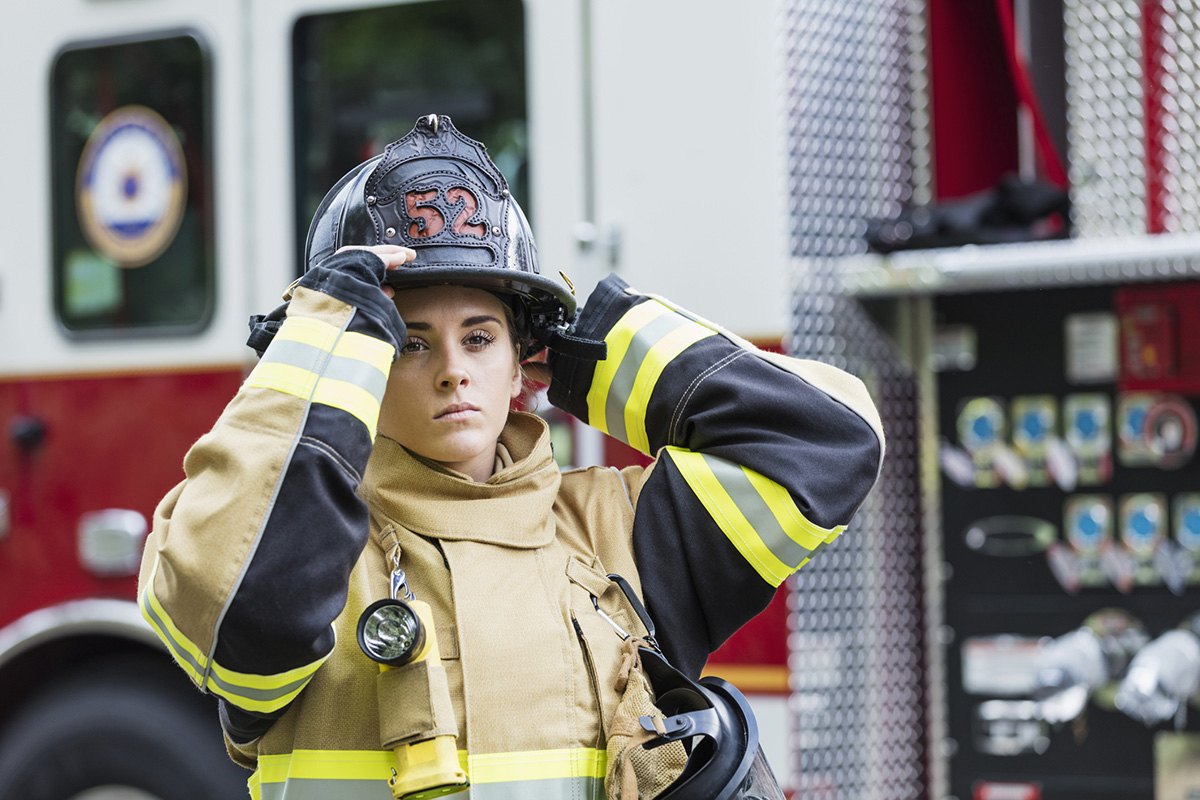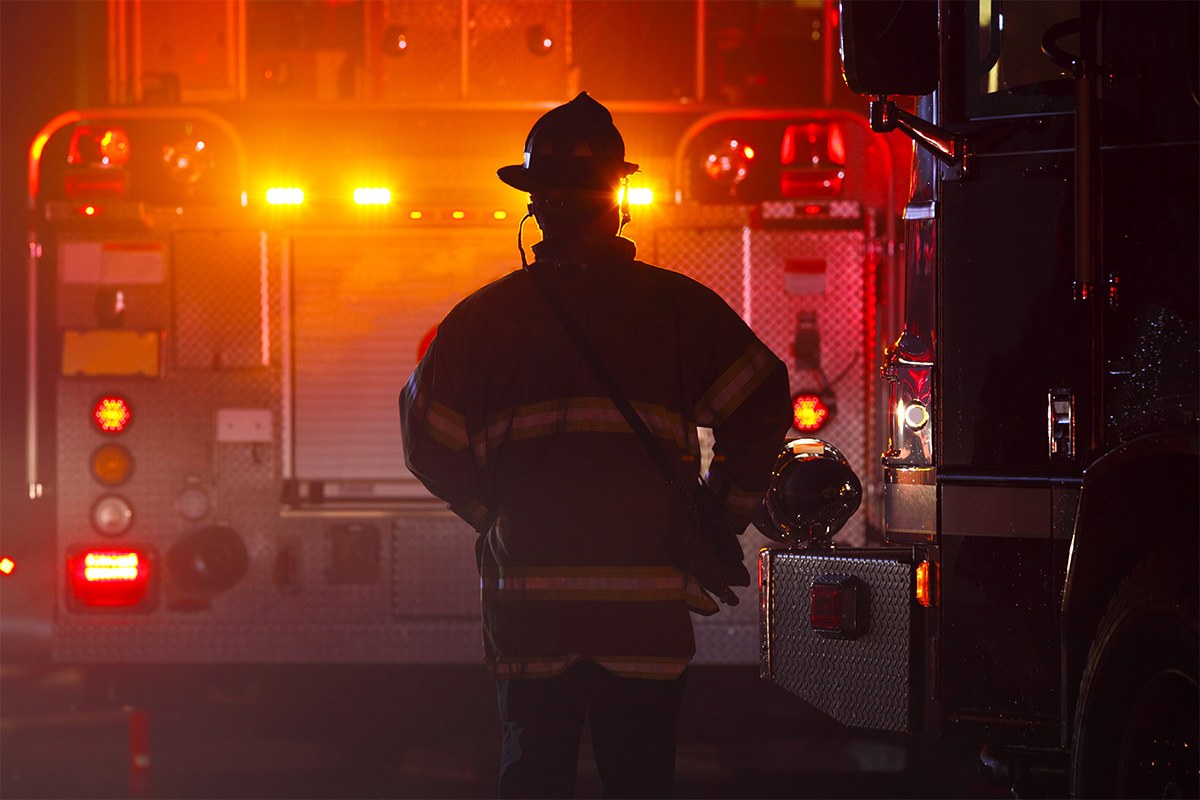For an updated article about trends in the fire service in 2023: 7 Emerging Trends in the Fire Service.
Now that we’ve entered 2020 and the start of a brand-new decade, several trends are emerging in the fire service that have the potential to transform the industry for generations to come. Although these trends have been gaining steam for a few years now, the repercussions of these changes are beginning to show up in the day-to-day operations of fire stations.
These five trends cover training strategies, daily operations for firefighters and leadership in the fire service. From implementing new technologies to supporting the physical and mental well-being of firefighters, here are some of the trends we’ll be watching closely in the coming year.
1. New Applications of Data Analysis
Data collection and analysis has been revolutionizing nearly every aspect of business and life for several years now, and the fire service is no exception. Data collection is nothing new in the fire service, but the application of the knowledge gained from data collection has lagged.
That’s all beginning to change as departments develop more sophisticated methods of data analysis. Data is being used to analyze many different operations within fire departments, including:
- Community risk reduction efforts and its impact.
- Incident types and response times.
- Mental and physical health factors for first responders.
By applying insights gained via data analysis, fire departments can implement more effective tactics and share more concrete narratives with community stakeholders.
Related: The Importance of Data in Emergency Medical Services
2. Executive Training for Officers
Over the last few decades, the role of the fire chief has changed drastically. Gone are the days when their primary responsibility was leadership during fire response. In many communities, fire departments are also expected to take on emergency management and be ready to respond to a broader array of emergencies, both natural and manmade.
With that in mind, fire officers are taking advantage of executive training opportunities; in fact, advancement to higher ranks is becoming increasingly dependent on an individual’s ability to demonstrate leadership on a broader scale, and their knowledge and experience in emergency management.
There’s been significant growth in the availability of programs to train and credential fire service officers in the executive skills they need to fulfill this changing role, bringing together different associations and industry groups, fire service training programs, and government agencies. In 2020 and beyond, we expect to see demand for this type of training to increase and a greater emphasis on the development of future leaders.
3. Continued Focus on Firefighter Health
Cardiac-related deaths and cancer are a concern among firefighters, and industry leaders and organizations are turning their focus toward reducing these deaths. The International Association of Fire Chiefs is studying the relationship between cancer and the fire service, seeking to uncover new data that explains the trends and guides initiatives to reduce the number of individuals who get sick.
The year 2020 will also see more fire departments implementing Standard 1582 of the National Fire Protection Association, which calls for a more comprehensive occupational medical program to keep firefighters healthy and ready for work. NFPA 1582 is being touted as a means to help fire departments provide better support for the wellness of their firefighters and tools for firefighters to make lifestyle changes that reduce their risk for cardiac events.
Related: Firefighter Mental Health Resources
4. Enhanced Community Risk Reduction Programs
Community risk reduction is a concept outlined in NFPA Standard 1300, and it essentially outlines a process by which communities can identify their biggest risks and develop plans to mitigate them. Fire departments all over America have used the process to identify the greatest hazards facing their communities and used that information to create education and prevention programs to reduce the effect of those hazards in homes, offices and everywhere in between.
For instance, one fire department in Georgia used the CRR model to create effective fire prevention education programs that reduced the number of fire calls by 35%. Expect to see more fire departments implement CRR programs in 2020 as they are called upon to be more efficient with their budgets and more strategically protect property and lives.
5. Increased Demands for Accountability Among Fire Departments
Finally, as the number of emergency calls continues to shift in favor of EMS-related calls rather than fire calls – more than 60% are EMS calls according to the 2018 ESO Fire Trends Report – fire departments will continue to face scrutiny in terms of the dollars allocated for fire service. Communities are tightening their budgets, and fire departments are being held accountable for their services and will need to provide concrete evidence of their need for funding.
Again, data analysis, and the ability to provide comprehensive information regarding outcomes, the efficient use of resources, and performance metrics will be key in this effort. Fire departments will also be forced to demonstrate their readiness for large-scale events and emergency preparedness to make their case to civic leaders.
Related: Building Professionalism in Your Volunteer Fire Department [Webinar]
Conclusion
Are you ready to take on the challenges facing the fire service in the coming years? At Columbia Southern University, our online fire science degree programs can develop the skills you need to be a leader today and in the future.
For more information about online degree programs for many different careers in safety and emergency services, visit ColumbiaSouthern.edu.





